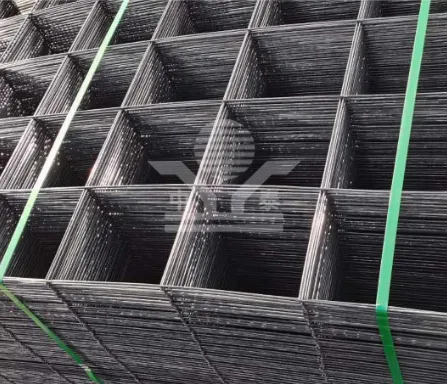Installing Temporary Fences A Comprehensive Guide
Temporary fences are essential tools for various purposes, such as construction sites, events, and security measures. Whether you are planning a large outdoor event, need to secure a construction zone, or simply want to create a safe environment for your pets, installing temporary fencing is a task that requires proper planning and execution. This article will guide you through the process of installing temporary fences, covering the types of fences available, preparation steps, installation methods, and maintenance tips.
Understanding Temporary Fences
Temporary fences come in various materials, including chain link, plastic, and panel fences. Each type has its unique benefits
- Chain Link Fences These are sturdy and provide excellent visibility. They are typically used in construction sites as they can withstand harsh weather conditions. - Plastic Fences Lightweight and easy to transport, plastic fencing offers a less visible barrier. They are perfect for crowd control during events and are often used in parks or outdoor festivals. - Panel Fences These are prefabricated panels that can be set up quickly. They provide a solid barrier and are commonly used in both construction sites and large outdoor events.
Preparation Steps
Before beginning the installation, adequate preparation is key
. Here are some steps to ensure a successful installation1. Determine the Purpose Understand the primary function of the temporary fence. Is it for security, crowd control, or safety? This will dictate the type of fence you need. 2. Survey the Area Measure the area where the fence will be installed. It’s essential to account for any obstacles such as trees, buildings, or uneven terrain.
3. Check Regulations Depending on your location, there may be specific regulations regarding temporary fencing. Ensure you are compliant with local laws and obtain any necessary permits.
4. Gather Materials Make a list of the materials needed, including fence panels, gates, and anchors. Consider the tools required for installation, like a hammer, stakes, or a drill, depending on the type of fence.
installing temporary fence

Installation Methods
Once you’ve prepared the area and gathered your materials, you can begin the installation process. Here’s how to proceed with the installation of the most common types of temporary fences
1. Chain Link Fences - Start by marking the corners of the fence area with stakes. - Unroll the chain link and attach it to the fence posts using ties or clamps, ensuring that it is taut. - Install the posts into the ground, ensuring they are stable and securely anchored. Use concrete or ground anchors if necessary.
2. Plastic Fences - Set up the base by placing stakes in the ground at the corners. - Attach the plastic panels to the stakes, ensuring they are secure but allow for some flexibility in windy conditions. - This type of fence is usually not anchored deeply, making it easier to remove after use.
3. Panel Fences - Begin by placing the first panel and use either weights or sandbags to hold it in place. - Continue adding panels, linking them together with connectors. - Ensure each panel is vertical and stable before moving on to the next.
Maintenance Tips
Temporary fences generally require minimal maintenance, but some attention will prolong their lifespan—particularly when anticipating inclement weather
- Regular Inspections Check panels and posts for any signs of wear or damage. Address any issues immediately to ensure safety. - Reinforcement In areas with harsh weather, consider additional supports or weights to stabilize the fence. - Cleaning Remove any debris or vegetation that may accumulate against the fence, which could compromise its integrity.
Conclusion
Installing a temporary fence is a valuable investment in ensuring safety, security, and organization at various events and sites. By understanding the types available, preparing adequately, executing the installation methodically, and maintaining the fence, you can ensure a successful fencing project. Whether you are hosting a festival, securing a construction zone, or setting up for a family gathering, temporary fences provide the needed versatility and protection. With this guide, you are well-equipped to handle the installation process with confidence.
-
Why Galvanized Trench Cover Steel Grating Resists Corrosion
NewsJul.10,2025
-
The Versatility and Strength of Stainless Expanded Metal Mesh
NewsJul.10,2025
-
Load Calculations in Steel Grating Platforms
NewsJul.10,2025
-
Keeping Pets and Kids Safe with Chicken Wire Deck Railing
NewsJul.10,2025
-
Hole Diameter and Pitch for Round Perforated Metal Sheets
NewsJul.10,2025
-
Aluminium Diamond Mesh in Modern Architecture
NewsJul.10,2025
Subscribe now!
Stay up to date with the latest on Fry Steeland industry news.

